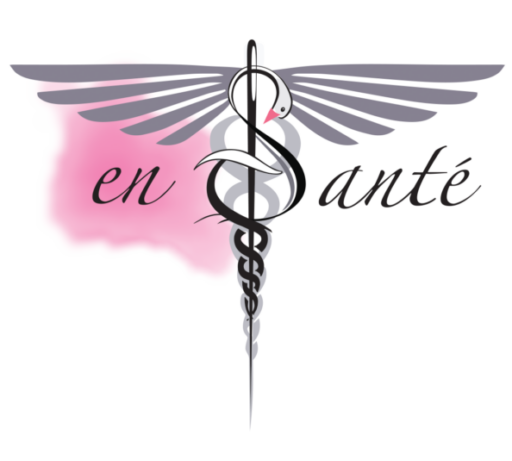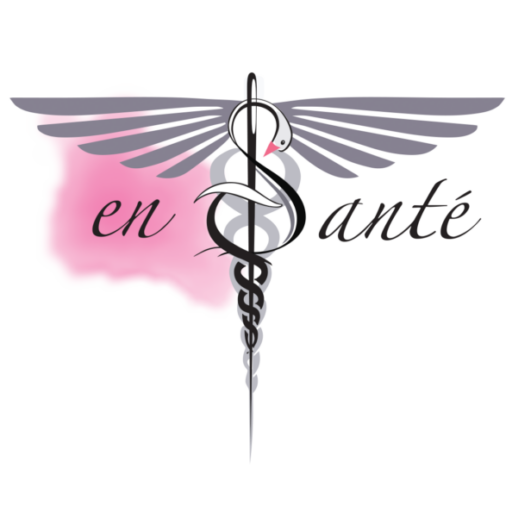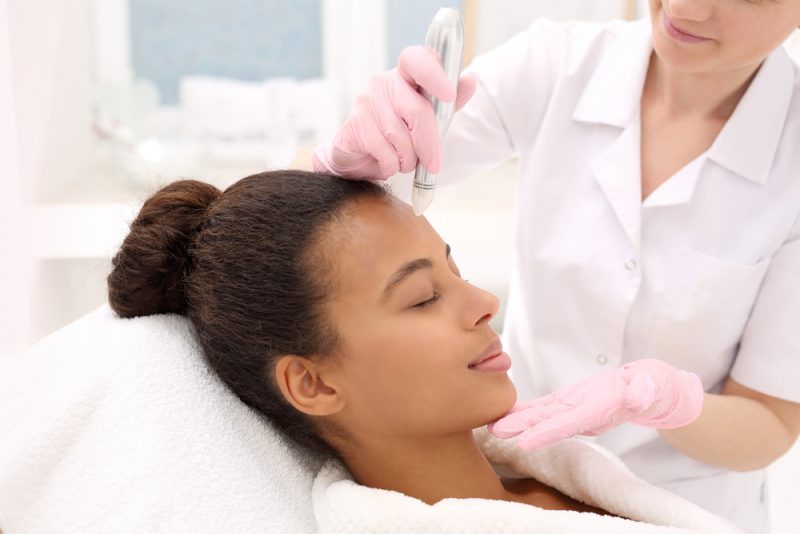Hair Restoration
what you need to know about Hair retoration
How hard is it to manage hair loss?
Managing hair loss is a complex and multifaceted challenge. The best way to address the issue is by using different treatments and making lifestyle changes to get the best results. Hair loss can result from multiple factors, including genetics, hormonal changes, nutritional deficiencies, stress, and certain medical conditions. Because of these diverse causes, a single treatment is rarely sufficient.
Oral supplements such as Viviscal and Nutrafol are commonly recommended as part of a hair loss treatment regimen. These supplements contain ingredients that support hair growth, including vitamins, minerals, and botanical extracts.
However, it’s important to have realistic expectations regarding these treatments. Typically, you can expect to see results from such supplements after approximately six months of consistent use. This extended timeline can be challenging for individuals seeking immediate improvements, underscoring the importance of patience and persistence in hair loss management.
Early intervention is crucial when dealing with hair loss. The earlier you address the issue, the more effective the treatment is likely to be. Hair follicles that have been dormant for an extended period are more challenging to revive, and it takes time to repair the damage caused by hair loss.
At En Santé Clinic and Medical Spa, we use new technology and treatments to reduce hair loss in 3-6 sessions. We design our approach to offer effective solutions tailored to individual needs, combining cutting-edge treatments with personalized care.
Our multi-prong approach
- Keravive
- Fotona Hair Restart
- Platelet Rich Plasma and Fibrin
- Proprietary hair stimulation infusions
Exfoliation: The treatment usually starts with a gentle exfoliation of the scalp. This step helps to remove dead skin cells, excess oils, and product buildup that can clog hair follicles and hinder healthy hair growth. Exfoliation can be performed using specialized exfoliating products or tools.
Cleansing: A specialized cleansing solution is applied to the scalp to thoroughly cleanse and purify it. This helps to remove impurities, dirt, and debris from the scalp, creating a clean and healthy environment for hair follicles.
Serum Application: A nourishing serum enriched with vitamins, antioxidants, and other beneficial ingredients is applied to the scalp. This serum helps to hydrate, soothe, and revitalize the scalp, promoting optimal conditions for hair growth.
Massage: A relaxing scalp massage is often included as part of the treatment. The massage helps to improve blood circulation to the scalp, which can enhance the delivery of nutrients to the hair follicles and encourage healthy hair growth.
Hydration: The treatment may also involve the application of a hydrating mask or treatment to further replenish moisture to the scalp and hair. Hydration is essential for maintaining a healthy scalp environment.
Low-level laser therapy (LLLT), also known as laser hair therapy or red light therapy, is a non-invasive treatment that utilizes low-power laser or light to stimulate hair follicles and promote hair growth.
The light energy is absorbed by the cells in the hair follicles, which in turn triggers various biological responses that are believed to encourage hair growth. Some proposed mechanisms of action include:
- Improved Blood Flow: The light energy may stimulate blood circulation in the scalp, providing better nutrient and oxygen delivery to hair follicles.
- Increased Cellular Activity: Light energy is thought to enhance cellular metabolism and activity within hair follicles, promoting healthier hair growth.
- Reduced Inflammation: LLLT may help decrease inflammation in the scalp, which can contribute to hair loss.
- Extended Anagen Phase: The anagen phase is the active growth phase of the hair cycle. LLLT is believed to extend this phase, leading to longer and thicker hair strands.
- Enhanced Energy Production: Light energy may stimulate the production of adenosine triphosphate (ATP), which is essential for cellular function and hair growth
Bioregeneration with growth factors
Platelet-Rich Plasma (PRP) therapy for hair loss is a non-surgical procedure that aims to stimulate hair growth by utilizing the healing properties of your own blood platelets. Here’s how the procedure is typically performed:
Preparation: Before the procedure, a small amount of your blood is drawn, usually from your arm, similar to a routine blood test.
Centrifugation: The drawn blood is then placed in a centrifuge machine, which spins at a high speed to separate the blood components. This process separates the platelet-rich plasma from the rest of the blood components.
Isolation of PRP: After centrifugation, the platelet-rich plasma is carefully extracted, leaving behind the platelet-poor plasma and red blood cells.
Preparation of Scalp: Before applying the PRP, the scalp is cleansed and sometimes numbed with a local anesthetic to minimize any discomfort.
Injection or Topical Application: There are two main methods for applying PRP to the scalp:
- Injections: The PRP is injected directly into the areas of the scalp where hair thinning or loss is most prominent. The injections are performed with a fine needle and are spaced out across the targeted area.
- Topical Application: Alternatively, the PRP can be applied topically to the scalp after microneedling. Microneedling creates tiny channels in the scalp, allowing for better absorption of the PRP.



